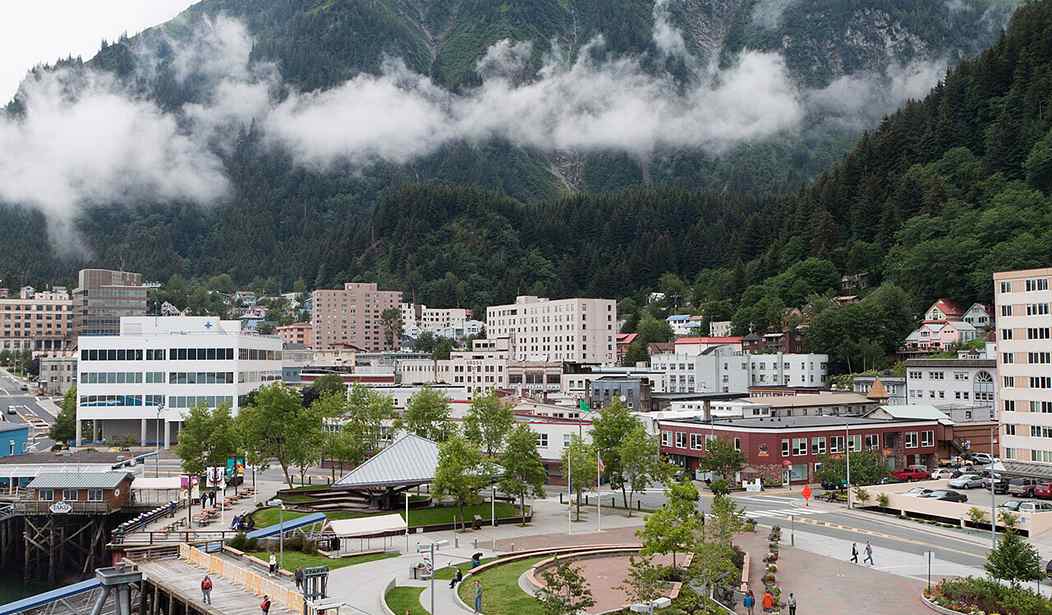On Friday, U.S. District Court for the District of Alaska Judge Sharon Gleason rejected an appeal by environmental groups and allowed winter construction of the drilling operations at the Willow oil project to proceed. The judge cited the fact that "...only a small area of the (National Petroleum) Reserve will be impacted."
A federal judge in Alaska on Friday rejected requests from environmental groups to halt winter construction work for the massive Willow oil project on Alaska’s North Slope while the groups’ legal fight over the drilling project wages on.
U.S. District Court Judge Sharon Gleason just last month upheld the Biden administration’s approval in March of the ConocoPhillips Alaska project in the National Petroleum Reserve-Alaska and dismissed lawsuits brought by environmentalists and a grassroots Iñupiat group challenging Willow’s approval.
Those groups are appealing that decision and asked Gleason to block winter construction work planned by ConocoPhillips Alaska while the appeal is pending. She denied those requests Friday.
Judge Gleason was appointed to her current position by President Barack Obama in 2011.
The Willow project is broadly supported by Alaskans. The state's economy depends in large part on North Slope drilling and extraction jobs, many of which are in areas where there are few, if any, alternatives; the Native communities, in particular, are anxious for the jobs increased development will bring to the region.
Willow has widespread political support in Alaska, and many Alaska Native leaders on the North Slope and groups with ties to the region say Willow is economically vital for their communities. But climate activists have said allowing the project to proceed flies in the face of President Joe Biden’s pledges to combat climate change. The administration has defended its climate record.
While ConocoPhillips Alaska had proposed five drilling sites, the U.S. Bureau of Land Management approved three, which it said would include up to 199 total wells. The project could produce up to 180,000 barrels of oil a day at its peak.
Approval of the project was a rare break from the Biden administration, which has routinely given a thumbs-down on any proposed oil or gas development proposals. That approval was challenged almost immediately, leading to last month's decision, also by Judge Gleason, upholding the legality of the approval.
U.S. District Court Judge Sharon Gleason rejected requests by a grassroots Iñupiat group and environmentalists to vacate the project approval, and she dismissed their claims against Willow, which is in the federally designated National Petroleum Reserve-Alaska. The administration’s approval of Willow in March drew the ire of environmentalists who accused the president of backpedaling on his pledge to combat climate change.
The company behind the project, ConocoPhillips Alaska, has the right to develop its leases in the reserve “subject to reasonable restrictions and mitigation measures imposed by the federal government,” Gleason wrote.
It's important to note that the National Petroleum Reserve-Alaska is located on the North Slope, mostly north of the Brooks Range and the Arctic Circle, and, quite unlike the pristine mountain views often seen in environmental groups publications, is mostly open tundra. In summer, the ground is boggy, and the region is a paradise for black flies and other biting insects, necessitating that most of the construction work be done in winter. A ruling halting construction now would have set the project back at least another year, regardless of the final decision in the case. But with the rejection of the proposed halt, ConocoPhillips will proceed now with the construction of ice roads, gravel mining, and other set-up operations required to bring the extraction online.
It is estimated that the three sites approved by the Bureau of Land Management could produce 180,000 barrels of oil per day; this is domestically-produced oil that is a vital part of America's energy independence and economy. ConocoPhillips, in a 2021 report, states that the existing Willow plan should produce a total of 600 million Barrels of Oil Equivalents (BOE) and claims to have identified three billion BOE that is feasibly retrievable with the proposed Willow infrastructure.
We will continue to watch this issue as it develops and bring you the latest news.
FLASHBACK: See other energy-related RedState articles at the following links.
- FACT CHECK: California's Regulations and Gas Taxes Cause High Gas Prices, Not Greedy Oil Companies
- Climate Nuts Disrupt Metropolitan Opera Opening Night, NYC Audience Wasn’t Having It
- COMEDY GOLD: US Oil and Gas Association Nails Newsom on His Bad Spin During Debate
- GOP Slams John Kerry's Hypocrisy on Coal Plants With Harm He'd Cause and Pass He Gave China















Join the conversation as a VIP Member